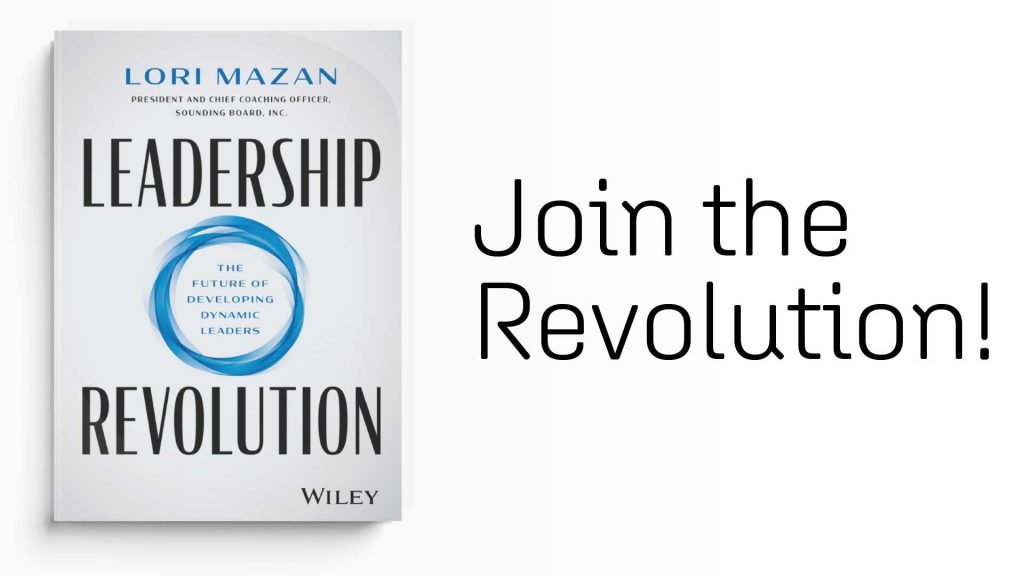In every organization and industry, leaders are an essential asset in the smooth running of operations. They are like engines that pull the train—leaders manage teams, make important (sometimes difficult) decisions, and steer the organization towards the right direction.
Most people think of leaders as those experienced executives with a corner office. Frankly, that’s the case to some extent. However, the current and future business environment demands more than that. It requires leaders to be adept with the current changes in technology and have the right skill set to make the right decisions in the ever-changing business environment. So, how can you build organizational leadership?
What is leadership by design?
It is the ongoing shift from the conventional methods where leaders emerged by chance to a more structured strategy that drives commitment, flexibility, and competitiveness in creating organizational leaders. Through leadership by design, leadership strategies and pipelines can be deliberately structured and effectively integrated with talent development and management programs to build forward-thinking high-performance leaders.
Architectural plans to build organizational leadership
When leaders are asked to look back and think about what shaped them into the people they are today, most of them point to specific experiences they had—those that taught them how to deal with uncertainties and challenges. Even though coaching, training, and mentoring played a part in their uprising, most attribute success to experience.
That said, how can we make organizational leadership more meaningful and wholesome? Here’s an architectural plan to help you achieve that feat:
Creation of a connective tissue
Most organizations don’t have the connective tissue that links their business strategy to their leadership strategy. While some companies may have the necessary elements to link their leadership and business strategy, they lack the framework to bring these parts to work together seamlessly. For instance, there exists a leadership pipeline, but there is no clear-cut definition of the types of leaders that the organization will need in the future.
Developing a connective tissue can help remedy this situation. It involves treating the whole leadership development process as one system. Attaining this takes work. But you’ll mostly be undertaking tasks similar to those you did before but in a new way. Once the parts jell, your organization’s leadership process will be more self-sustaining, efficient, and focused. A result of which will be the creation of leaders you’ll need in the future.
Defining your organization's future leadership
Developing your organization’s future leadership framework begins with a simple dialogue about the direction your business is taking, the current challenges it is facing, the types of leaders you’ll need, and where you’ll need these leaders.
The first step to creating future leaders is being clear about what your future business strategy is. While this may be difficult given the challenges facing business leaders, it helps you mirror what kind of leaders you need. Be sure to consider factors such as the skill sets that your leaders need to sail through the current and future murky waters of business management. The leadership narrative must be your own, since it’s what will drive your business—and consequently, your business leaders.
Your dialogue about future leadership should not merely focus on what leadership is but should point out where these leaders will come from and the type of pipeline it will take to create such leaders. Also, be sure not to limit your thinking to senior managers and CEOs, ensure that your leadership DNA trickles down throughout the organization.
Assessing the effectiveness of your current leadership
You need to ensure your current talent management process, leadership pipeline, and corporate culture are working for and not against you. Attaining this alignment will ensure that you create an effective leadership connective tissue, given that it is these elements that transmit the leadership DNA.
To achieve this feat, you need to make conversations targeted towards trade-offs and governance. While at first glance, this may seem daunting, in actual sense, it is easier, especially since you know what you are looking for and there is a consensus of how the elements should look like. All you need to do is engage in a reflective dialogue concerning the right balance to resolve some of the tensions that exist in your organization. Keep in mind that failing to resolve these tensions may thwart your efforts to create robust leadership.
Assessing your current leadership pipeline
Is your current pipeline set to deliver those leaders that will steer your organization into the future? Do you have the right people in your pipeline? And where are they in your current organizational setup? Are there people you think are prime for leadership and seem not to be making efforts to show that in their performance?
You probably have detailed talent management and performance data on both the current and potential leaders in your pipeline. Use this data to match up with your future-facing leadership pipeline to determine if your current leadership pipeline will have the capacity to match your organization’s future leadership objectives. Your pipeline should be able to deliver the types of leaders you need, when and where you need them.
Aligning your programs for success
Ensure that your organization’s talent management processes and programs are aligned in the same direction. One way you can do that is through leadership coaching—it will help build a sound leadership strategy that ensures that your organization’s leaders have the right skills to not only manage your organization in the present but also in the future.
Sound leadership and talent coaching will evaluate the ability of your leadership pipeline to support your leadership strategy and make the necessary adjustments via training and mentorship to ensure that your organization is never short of skilled, competent, and forward-thinking leaders.
Leaders play a crucial role in how successful your organization is. They make vital decisions that can either break or elevate your organization. As such, you can’t afford to have leaders who perform dismally. Fortunately for you, Sounding Board has got you covered. Our leadership coaches can assist business leaders improve their roles via personalized coaching solutions designed to meet their individual objectives for the betterment of your organization. Request a demo to learn more.











